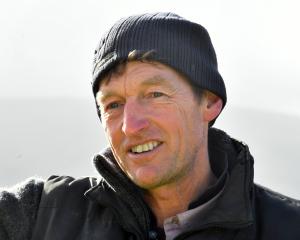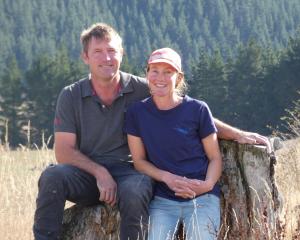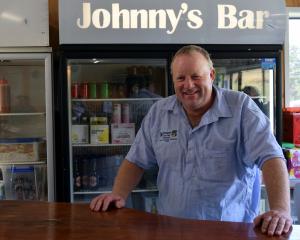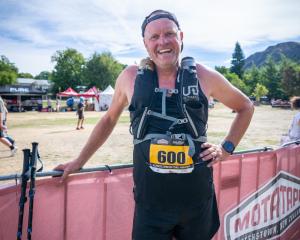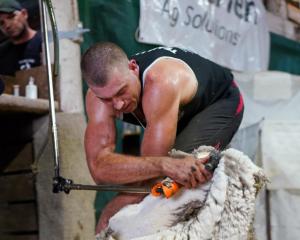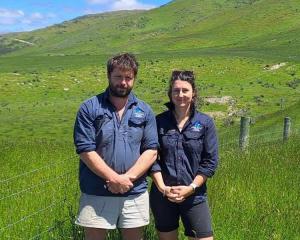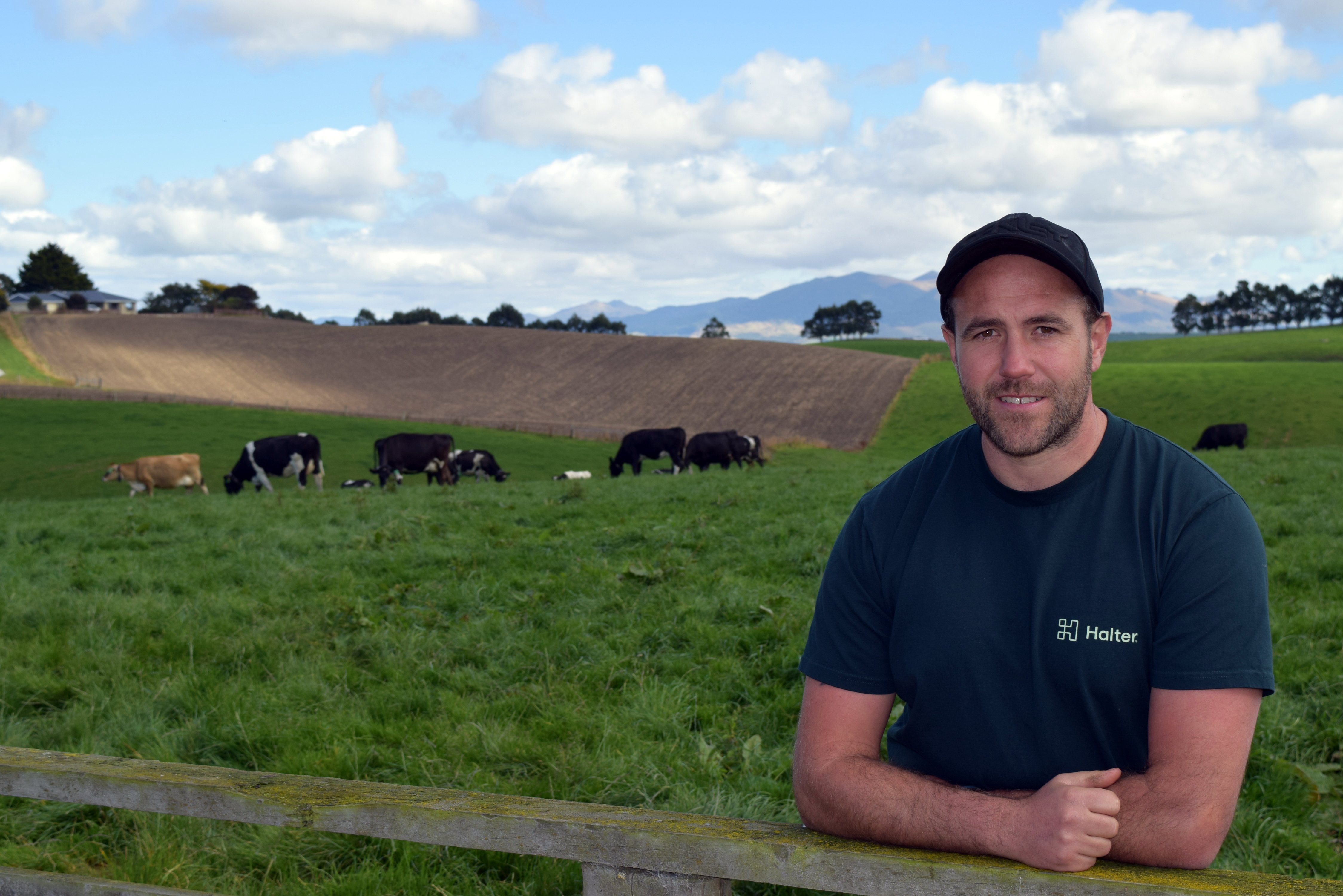
Benio dairy equity partner Kayne Smith talks to Shawn McAvinue about some of the difficulties faced during the first five years on the farm and how he is embracing technology to increase milk production and accelerate genetic gains of his herd.
Neither Kayne Smith or his partner Casey Young are from farming families.
"We are trying to make that for our four children," Mr Smith said.
Mr Smith was raised in Western Southland and dreamed of one day becoming a sheep farmer.
Then, fresh out of high school, a friend asked him to lend a hand during calving and he has remained in the dairy industry since.
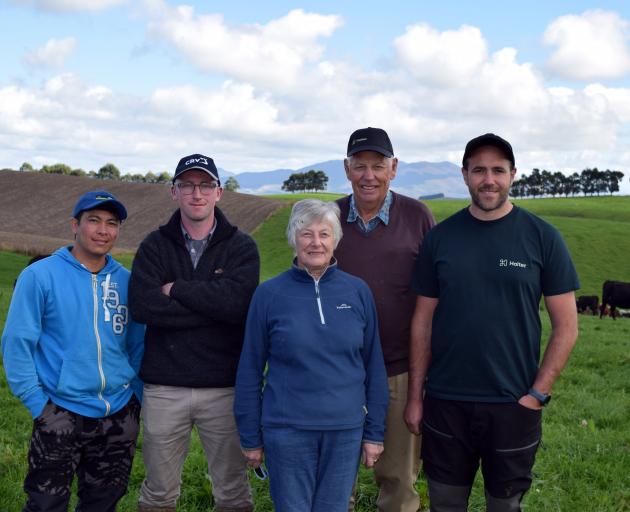
His progression in the industry included being a herd manager, farm manager and sharemilker.
He had been looking to take the next step in the dairy industry when his bank manager suggested he meet one of her clients, Benio dairy farm owner Bruce Cunningham, who was seeking an equity partnership.
The pair met for a coffee in cafe in Wyndham in 2019.
Soon after, they visited Mr Cunningham’s 333ha farm Benio Dairy, about 10km northeast of Gore.
"It all happened pretty quick," he said.
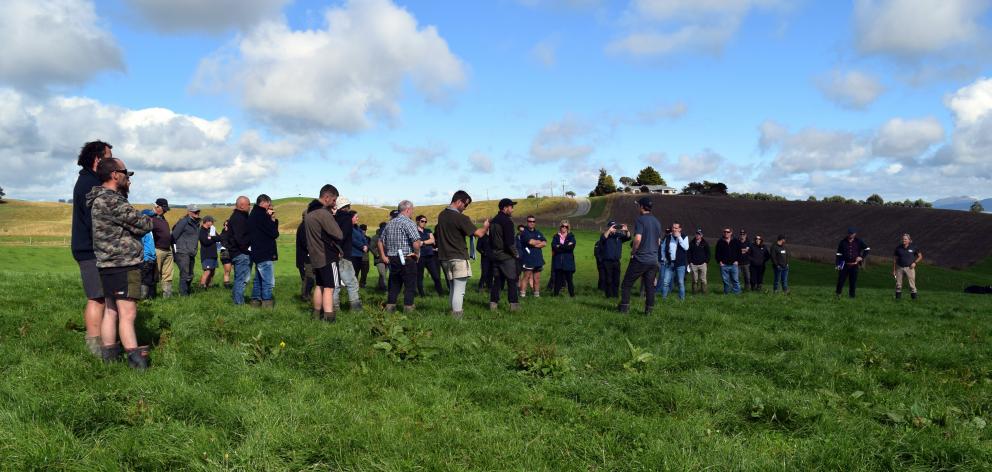
"You hear of some terrible equity partnerships, but ours is a very good one," Mr Smith said.
Mr Cunningham agreed.
"It has been a great marriage because Kayne and I get on and we [wife Sue and I] treat him like a son."
The 50/50 equity partnership was now in its fifth season.
Mr Smith said a focus on Benio Farm was building fertility in the herd to breed an efficient cow.
An efficient cow was a profitable cow and would help increase operating profit and pay his large mortgage, he said.
Mating consisted of five weeks of artificially insemination up to Christmas Eve and bulls being put out for the holiday period from Christmas Day.
The mating this season was going better than the previous one.
The six-week in-calf rate was 73% — 9% higher than last season.
A goal was to increase the six-week in-calf rate to more than 78%.
When the equity partnership was launched, they budgeted $1600 per cow to establish a herd of 300.
The herd size had since increased to 580 cows despite a need to cull some.
Some of the herd had Johne’s disease, which causes a cow to "waste away and die", Mr Smith said.
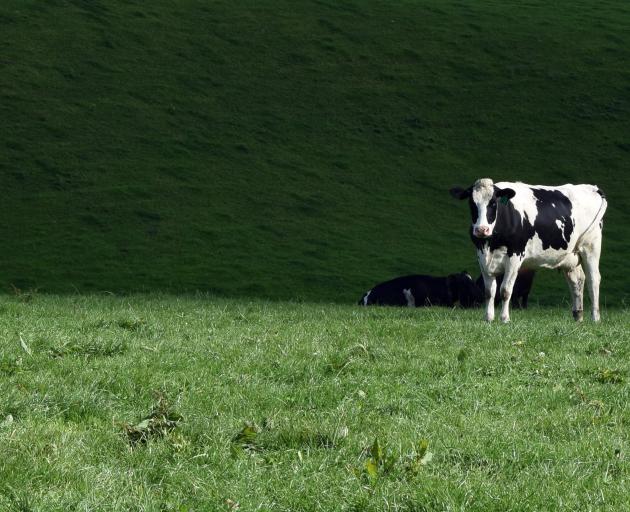
A goal was to eradicate the disease from the herd.
The aim was to breed a cow between 480kg and 500kg with a structure, so it was able to walk across the hills and graze pasture on steeper faces of the farm.
"It is not the easiest farm to manage and graze — we ask a fair bit from them."
A long-term plan was to increase the herd size, as Benio Dairy had a consent to run 800 cows and utilise more of the farm.
The distance between the end of the farm and the cowshed was 3km, so a cow might need to walk up to 6km for milking, Mr Smith said.
"We want an animal that can do it when that time comes if we decide to do it."
Benio Dairy had been part of the CRV progeny test programme for the past three years in a bid to accelerate the genetic gains of the herd.
A reason for getting involved was "to stay excited about breeding" and get "early genetic gains from good bulls", he said.
As part of the programme, he was given early access to straws of semen of daughter-proven bulls, which were listed in a CRV catalogue for the first time this year.
"We are going be milking his daughter five years before everybody else."
He uses Estrotect, a breeding patch which indicates when heifers are ready to breed.
For the past three years, the heifers had been given two shots of prostaglandin to bring cycling forward.
Halter smart collars were put on the herd about 18 months ago and had been a "game changer".
"We are really happy with them."
The main reason for the collars was to raise the fertility of the cows, lift milk production and better utilise pasture on the farm.
By using the collar technology, the cows were grazing on steeper paddocks on the farm, feeding up to eight times a day.
The collars were used to bring the cows to the milking shed.
"It’s a no-brainer, rather than having a man on a motorbike bringing the cows in."
Other benefits of the collar was there being no need for the fencing of winter crops.
The collars provided health alerts if a cow was unwell and detected when she was on heat.
Before the collars, three staff were required at mating time.
"Now it is a one-man operation."
Long-term breeding goals include improving herd longevity, by breeding healthy cows, which produced more milk for more years.
The first year on the farm, 950kg of milksolids (kgMS) was produced per hectare.
Now 1365kgMS are produced per hectare.
The production increase had come from improved breeding, aerating and regrassing the farm and installing in-shed feeding
Near the end of calving, a vet body condition scored every cow.
Lighter cows were milked once a day rather than twice a day.
During the season, a consultant body condition scored the herd as a mob.
Before the herd was set to be dried off, individual cows were condition scored.
The herd was wintered at home and cows were put in grazing groups dictated by their body condition scores.
Mr Cunningham said his family converted their sheep farm and put a sharemilker on it in 2001.
The first sharemilker stayed for five years and the next for two years, leaving to buy a farm.
As a result of the sharemilkers leaving, the Cunninghams needed to buy 600 cows, which then were valued at $2300 each.
To raise the money required to buy the herd, the Cunninghams sold their shares in Fonterra and began supplying milk to Open Country.
Another sharemilker was recruited, who ended up buying the herd.
"That’s why Kayne and I had to start from scratch."
The equity partnership was an "exit strategy" as their daughters had no desire to run the dairy farm, Mr Cunningham said.
He and his wife Sue felt "extremely lucky" to have the equity partnership with Mr Smith and his family.
"It is a very compatible relationship and we have never had a cross word."


